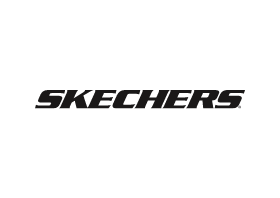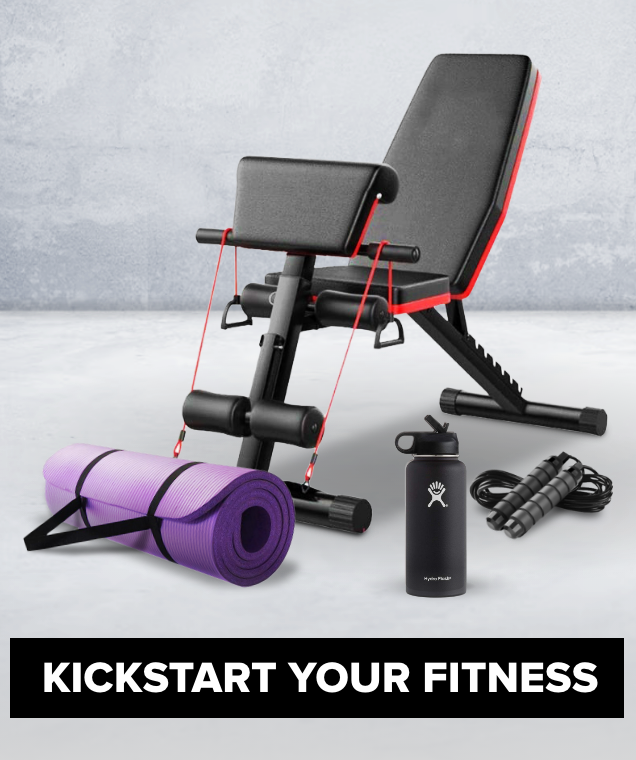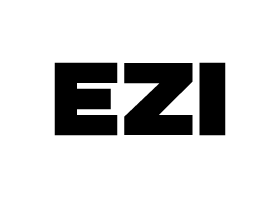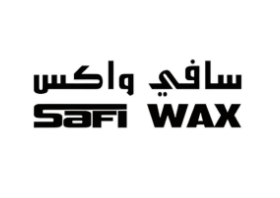Specifications
| Publisher | McGraw-Hill Education - Europe |
| Author | Yunus A. Cengel, John M. Cimbala |
| Language | English |
| Book Description | Overview - this book communicates directly with tomorrow's engineers in a simple yet precise manner. The text covers the basic principles and equations of fluid mechanics in the context of numerous and diverse real-world engineering examples. It helps students develop an intuitive understanding of fluid mechanics by emphasizing the physical underpinning of processes and by utilizing numerous informative figures, photographs, and other visual aids to reinforce the basic concepts. It features visual nature of fluid mechanics by featuring more illustrations and photographs than other fluid mechanics texts. It also features current research with our application spotlight feature, written by guest authors and designed to show how fluid mechanics has diverse applications in a wide variety of fields. It includes computational fluid dynamics (cfd) with examples throughout the text generated by cfd software and end-of-chapter problems throughout the book using flowlab, a student-friendly, template-driven cfd program. An introductory chapter also introduces students to the capabilities and limitations of cfd as an engineering tool. Precise definitions of key terms with an end-of-book glossary providing definitions of selected fundamental fluid mechanics terms and concepts. Physical intuition to help students develop a sense of the underlying physical mechanisms and a mastery of solving practical problems that an engineer is likely to face in the real world. Topic flexibility to facilitate different approaches to the course. After covering the basics for all majors, the text offers robust coverage to allow for mechanical, civil, or aeronautics and aerospace engineering approaches. |
| About the Author | Yunus a. I?Engel is professor emeritus of mechanical engineering at the university of nevada, reno. He received his b.S. In mechanical engineering from istanbul technical university and his m.S. And ph.D. In mechanical engineering from north carolina state university. His areas of interest are renewable energy, energy efficiency, energy policies, heat transfer enhancement, and engineering education. He served as the director of the industrial assessment center (iac) at the university of nevada, reno, from 1996 to 2000. He has led teams of engineering students to numerous manufacturing facilities in northern nevada and california to perform industrial assessments, and has prepared energy conservation, waste minimization, and productivity enhancement reports for them. He has also served as an advisor for various government organizations and corporations. Dr. I?Engel is also the author or coauthor of the widely adopted textbooks differential equations for engineers and scientists (2013), fundamentals of thermal-fluid sciences (5th ed., 2017), Fluid mechanics: fundamentals and applications (4th ed., 2018), Thermodynamics: an engineering approach (9th ed., 2019), And heat and mass transfer: fundamentals and applications (6th ed., 2020), And all published by mcgraw-hill education. Some of his textbooks have been translated into chinese (long and short forms), japanese, korean, spanish, french, portuguese, italian, turkish, greek, tai, and basq. Dr. I?Engel is the recipient of several outstanding teacher awards, and he has received the asee meriam/wiley distinguished author award for excellence in authorship in 1992 and again in 2000. Dr. I?Engel is a registered professional engineer in the state of nevada, and is a member of the american society of mechanical engineers (asme) and the american society for engineering education (asee). John m. Cimbala is professor of mechanical engineering at the pennsyli?Vania state university (penn state), university park, pa. He received his b.S. In aerospace engi-neering from penn state and his m.S. In aeronautics from the california institute of technology (caltech). He received his ph.D. In aeronautics from caltech in 1984. His research areas include experimental and computational fluid mechani?Ics and heat transfer, turbulence, turbulence modeling, turbomachinery, indoor air quality, and air pollution control. Professor cimbala completed sabbatical leaves at nasa langley research center (199394), where he advanced his knowledge of computational fluid dynamics (cfd), and at weir american hydro (201011), where he performed cfd analyses to assist in the design of hydroturbines. Dr. Cimbala is the author or coauthor of dozens of journal and conference papers and is the coauthor of four other textbooks: indoor air quality engii?Neering: environmental health and control of indoor pollutants (2003), pubi?Lished by marcel-dekker, inc.; Essentials of fluid mechanics (2008); fundamentals of thermal-fluid sciences (5th ed., 2017), And fluid mechanics: fundamentals and applications (4th ed., 2018), All published by mcgraw-hill education. He has also contributed to parts of other books, and is the author or coauthor of dozens of journal and conference papers. He has also recently ventured into writing novels. More information can be found at www.Mne.Psu.Edu/cimbala. Professor cimbala is the recipient of several outstanding teaching awards and views his book writing as an extension of his love of teaching. He is a member and fellow of the american society of mechanical engineers (asme). He is also a member of the american society for engineering education (asee), and the american physical society (aps). |
| Edition Number | 2 |
| Publication Date | 1-Dec-09 |
| Number of Pages | 1016 |
Fluid Mechanics: Fundamentals And Applications Paperback English by Yunus A. Cengel - 1-Dec-09
Added to cart
Cart Total SAR 0.00


























































































































